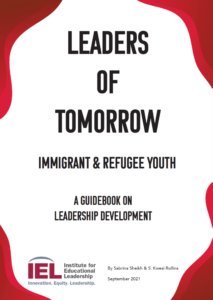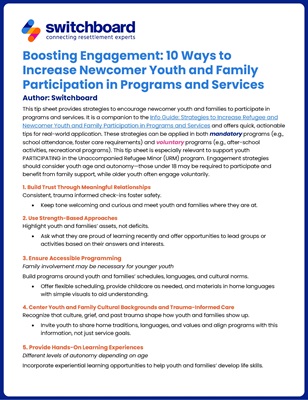A variety of interventions may be effective in preventing or responding to intimate partner violence (IPV) among refugees.
- Strong evidence supports the effectiveness of IPV prevention and response interventions that: consider the unique contexts of refugees and immigrants, engage with community members, and are tailored according to participants’ lived experiences, needs, and abilities.
- There is strong support for the effectiveness of group interventions among immigrant Latinas. There is suggestive support for this intervention among other immigrant and refugee groups.
- Moderate and suggestive evidence support the short-term effectiveness of dating violence prevention groups for some refugee adolescents.
- Evidence suggests that men’s groups may have beneficial effects for IPV perpetrators.
- Evidence suggests that family therapy may be a helpful response for some refugee groups. This is an area requiring further research.
- Refugee service providers, including community-based organizations, should collaborate with local IPV prevention/intervention providers to develop culturally tailored interventions.




